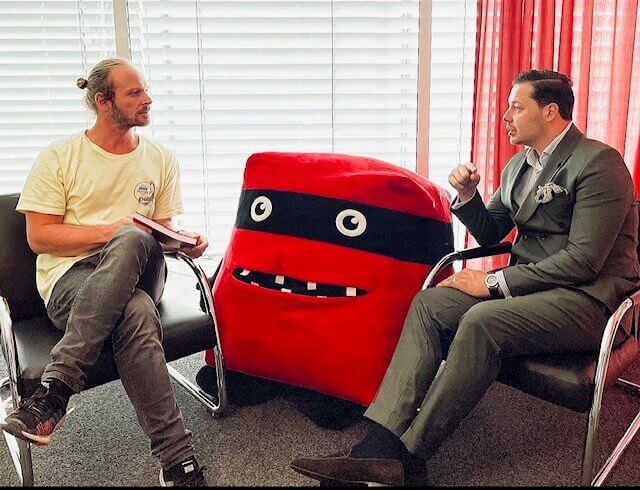(Laughs) No, using video support is an obvious idea - the trick, as is so often the case, lies in the implementation. Various telcos around the world have already introduced something similar or have failed to do so. I also maintain an open dialogue with those who are not in direct competition with us - such as A1 in Austria, Deutsche Telekom or KPN in the Netherlands. But I like to be ahead of the game, and our solution is unique because we already record the customers and their concerns in the CIVR (Conversational Interactive Voice Response). After this triage, we then proactively offer them video support with a prompt (voice announcement). They can then choose whether they want to go the old way or be connected to an agent with a video support licence. This allows us to see directly how many customers are really interested and how well they liked it. A perfect match, similar to Elite Partner - only our satisfaction rate is higher 😊. In the pilot, we realised that we can understand the customer's concerns more quickly and offer more precise and sustainable solutions.It is also particularly suitable for customer issues that often could not be resolved even after a 2nd level contact and therefore required on-site deployment of technicians.If issues are resolved before such a deployment, this makes customers happy and conceivably reduces Swisscom's time and costs. Therefore a classic WIN-WIN situation.


